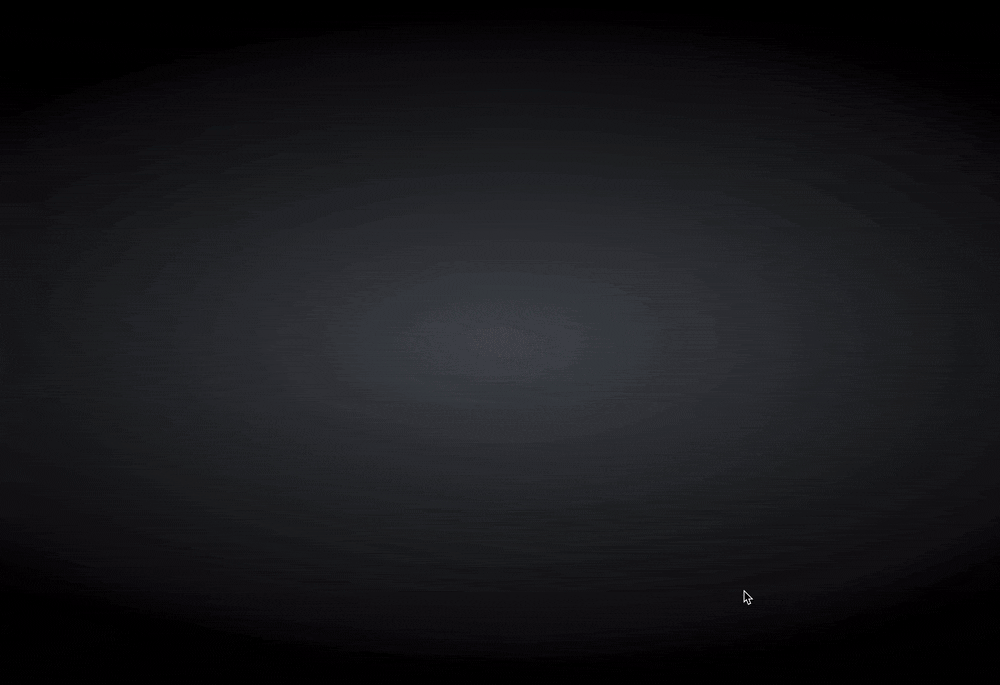NFTs (also known as Non-Fungible Tokens) have taken quite a spotlight in our news feeds these past couple of months. And while there’s certainly some mixed opinions on the subject, there’s no question about the potential applications and use-cases this sort of technology will bring forth. Bottom line; whether you’re a believer or not, NFTs are certainly not going away anytime soon. In fact, many brands and organizations are already exploring unique ways to employ this nascent technology to their customers.
With the power of blockchain technology also comes considerable complexity and technical hurdles, but the intimidating nature of blockchain is something many developers are working to streamline. We began working with Algorand several months ago to build an open-source platform on their blockchain with the ultimate goal of enabling developers and organizations to leverage the technology for creating their own branded marketplaces to sell and auction NFT collectibles in the most effortless way possible.
The opportunities of this technology have come about at an interesting time in our lives. Online selling through digital marketplaces has made it easier than ever for customers to shop at their own convenience. However, as we get further and further away from the tangible world, we naturally experience less of a physical interaction. While NFTs can have physical aspects (for example, think of getting a special backstage concert ticket when collecting a rare NFT from your favorite musician), what you’re purchasing at checkout isn’t something physical. Luckily, the evolving nature of the web has also allowed us to create more immersive experiences than we ever have before. Brands need to create unique memorable experiences to serve their loyal customers, so we knew that this marketplace needed more than just a bridge to the blockchain.
Most often, a customer on our marketplace is going to be collecting packs of NFTs, very similar to sports cards and other collectible decks containing mystery items. Leveraging WebGL, we modeled a mylar card pack that can be interacted with in digital space, complete with lighting and dynamic particle effects. Upon opening the pack, the user gets to see all of the pack's contents laid out on the screen where they are flipped over one-by-one to reveal each collectible. It effectively stimulates the nostalgic memories of opening card decks throughout the purchase-flow of a digital asset.

Learning to develop 3D experiences wasn’t without some difficulty, but with some focused learning, it’s accessible enough to anyone comfortable enough with JavaScript. And it’s incredibly fun! The UI of our marketplace is built in React and there’s even packages for 3D that make experience-building in JSX simple and straightforward.
When demoing the platform to prospective clients we’ve been pitching with Algorand, the response has been overwhelmingly positive and we’re excited to explore other ways we can introduce more immersion into the marketplace. We’ve even considered the idea of creating unique brand pack opening experiences for individual brands on the platform.
With the power of 3D, the opportunities are truly endless. And with the impressively strong creative and technical chops among our Dept family, a 3D experience is something we can (and should!) consider for any future client engagement.